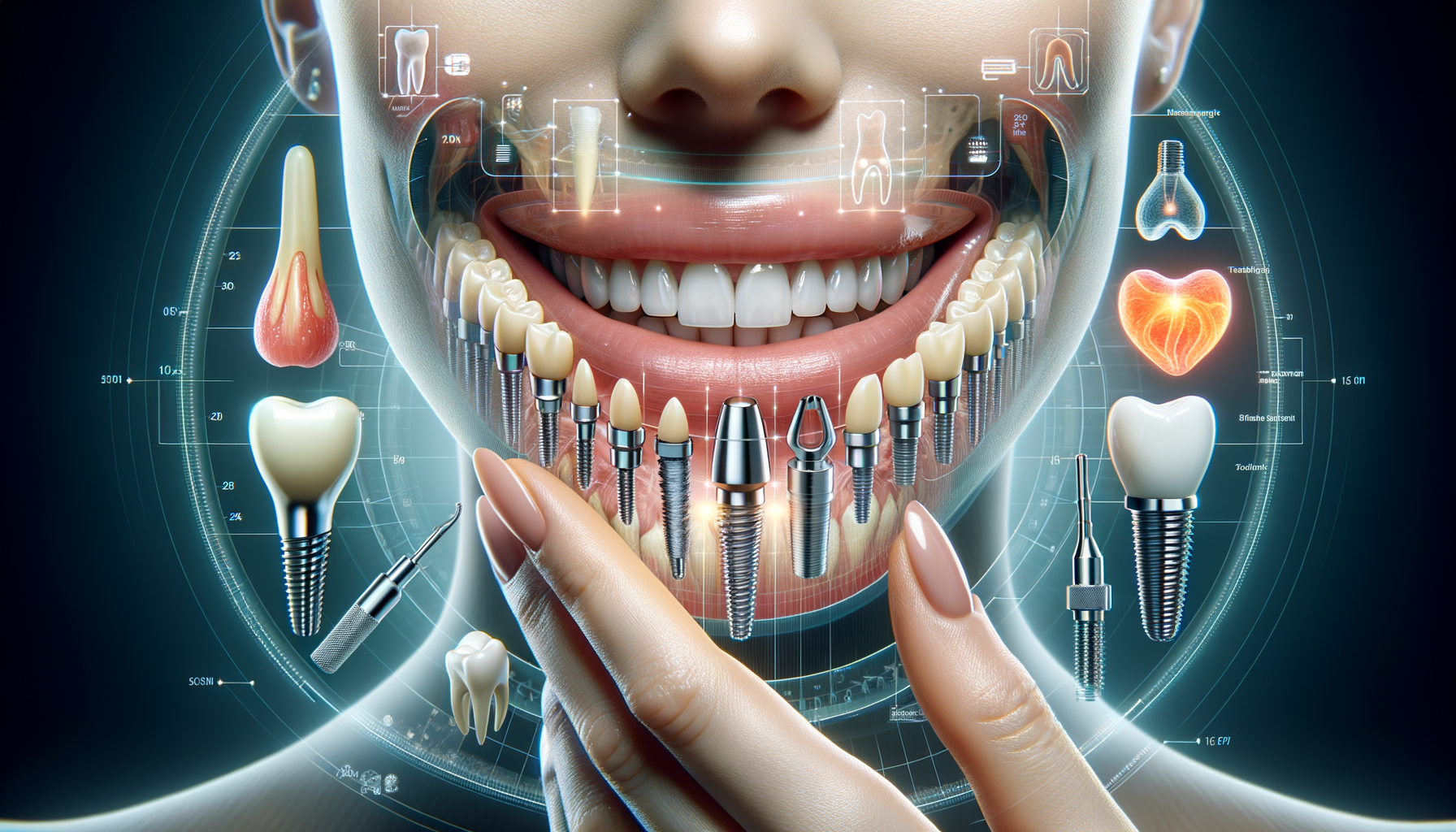Introduction to Tooth Replacement
In today’s world, the loss of a tooth doesn’t have to be a permanent setback. Thanks to advancements in dental technology, there are now several contemporary methods available for replacing missing teeth, each with its own set of advantages. These methods not only restore the aesthetic appeal of a full set of teeth but also play a crucial role in maintaining oral health. Missing teeth can lead to a variety of issues, including difficulty in chewing, changes in speech, and even the shifting of remaining teeth. Understanding the available options is essential for anyone looking to recapture their radiant smile.
Dental Implants: A Permanent Solution
Dental implants have emerged as a highly regarded option for tooth replacement, known for their durability and natural appearance. This method involves surgically placing a titanium post into the jawbone, which acts as a root for the replacement tooth. Over time, the bone fuses with the post, creating a stable foundation for a crown, bridge, or denture.
The benefits of dental implants are numerous:
- Longevity: With proper care, implants can last a lifetime.
- Natural Look and Feel: Implants mimic the look and function of natural teeth.
- Preservation of Jawbone: Implants stimulate bone growth, preventing bone loss.
While dental implants offer remarkable advantages, they do require a healthy jawbone and gums for successful placement. The process can be lengthy, often taking several months from start to finish. However, for those who qualify, implants are an outstanding investment in long-term oral health and appearance.
Dental Bridges: Bridging the Gap
For individuals seeking a less invasive option, dental bridges provide an effective solution. A dental bridge consists of one or more artificial teeth anchored by crowns on adjacent natural teeth or implants. This method is particularly useful when multiple teeth are missing in a row.
Key benefits of dental bridges include:
- Quick Procedure: Bridges can be completed in a few dental visits.
- Cost-Effective: Generally less expensive than implants.
- Functional Restoration: Bridges restore the ability to chew and speak properly.
However, bridges may require the alteration of healthy teeth to accommodate the crowns, which can be a consideration for some patients. Despite this, bridges remain a popular choice due to their balance of effectiveness and affordability.
Partial and Complete Dentures: Versatile and Removable
Dentures have long been a go-to solution for tooth loss, offering both partial and complete options. Partial dentures are used when some natural teeth remain, while complete dentures are suited for those missing all teeth in a jaw.
Advantages of dentures include:
- Versatility: Suitable for various levels of tooth loss.
- Removability: Easy to clean and maintain.
- Non-Invasive: No surgery required for placement.
Modern dentures have come a long way, with improved materials and fitting techniques enhancing comfort and appearance. While they may not offer the same permanence as implants or bridges, dentures provide a flexible and accessible option for many.
Conclusion: Choosing the Right Method for You
Choosing the right method for tooth replacement is a personal decision that depends on various factors, including oral health, budget, and personal preference. Consulting with a dental professional is crucial to determine the most suitable option. Each method offers unique benefits, and understanding these can guide you toward a choice that not only restores your smile but also enhances your quality of life. Whether opting for the permanence of implants, the practicality of bridges, or the versatility of dentures, modern dentistry offers solutions to meet diverse needs and preferences.




Leave a Reply